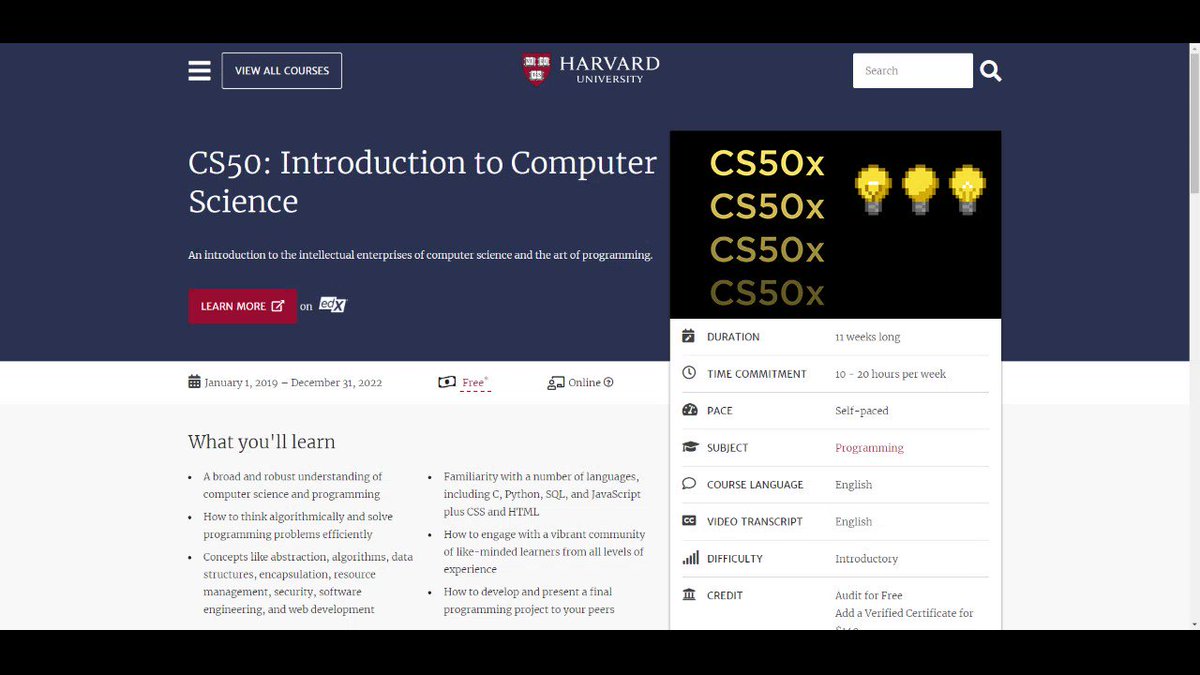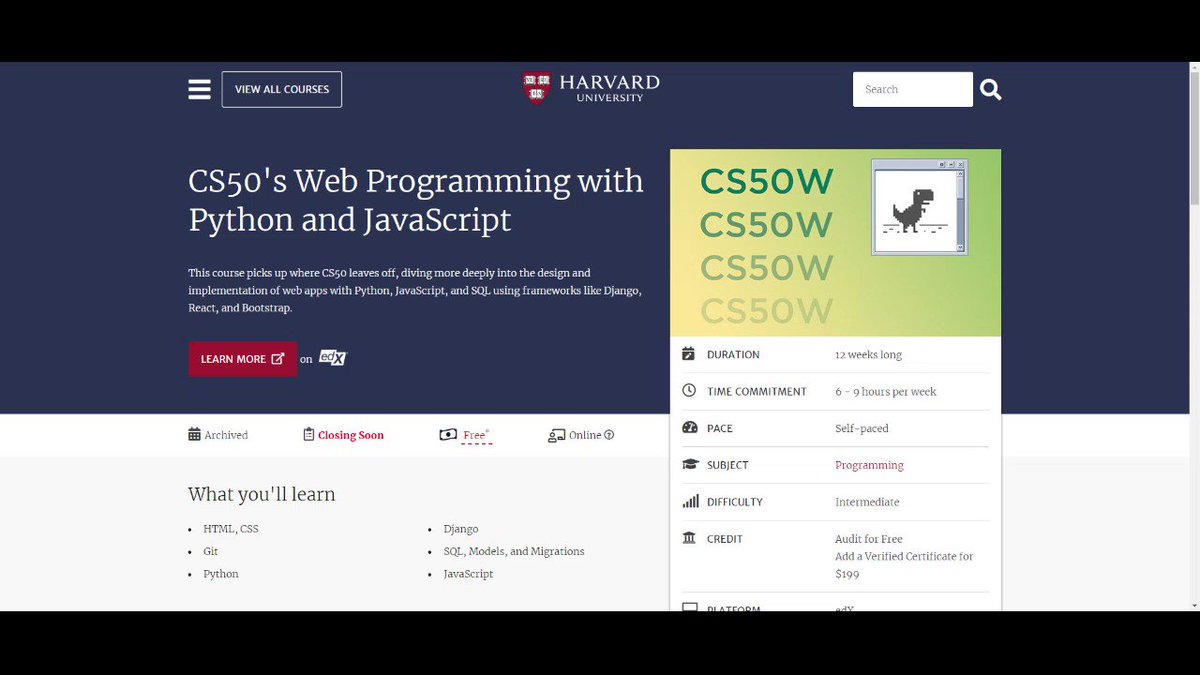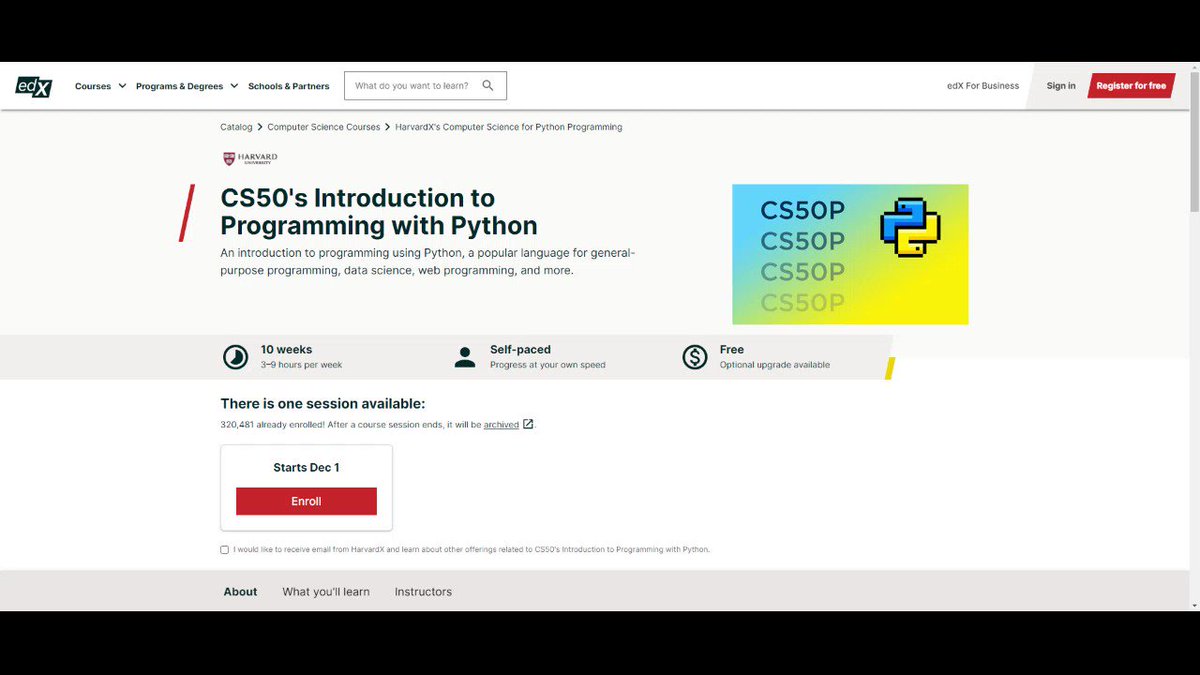I.e. some people learn more effectively from visual material, some from auditory material and others from kinaesthetic practice
Therefore, instruction should be tailored to each learner’s preferred style (1/11)




College completely failed in teaching me how to write.
— Dickie Bush \U0001f6a2 (@dickiebush) September 22, 2021
So I spent over 500 hours studying legendary authors and copywriters.
Then, I distilled what I learned into 6 simple frameworks.
But unlike college, these won't cost you $120,000.
Here they are for free:
If you use it right, Twitter is the most powerful platform in the world.
— Dickie Bush \U0001f6a2 (@dickiebush) March 30, 2021
But Twitter does a horrible job of showing you its advanced features.
Here are 10 of them you probably know nothing about:
The most creative company of the last 30 years:
— Dickie Bush \U0001f6a2 (@dickiebush) October 28, 2021
Pixar.
Back in 2011, Pixar storyboard artist Emma Coats shared their "22 Rules For Storytelling."
And the rules are a must-read for writers, entrepreneurs, and anyone who wants to tell captivating stories.
Here's the breakdown: pic.twitter.com/eUqUpvvbDX
20 quotes on Crypto, Web 3, NFTs, and decentralization from Tim Ferriss, Naval Ravikant, and Chris Dixon.
— Dickie Bush \U0001f6a2 (@dickiebush) October 30, 2021
(For those who want a crash course in where the future is heading):